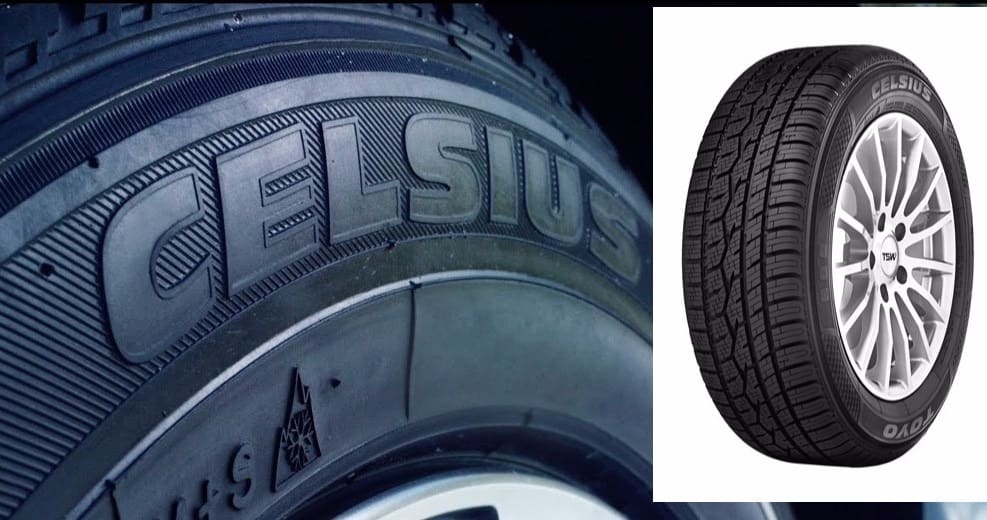Dry rotting means that the rubber in the tires will become brittle and crack, which can lead to a blowout while driving.
In this blog post, we will explore how long it takes for tires to dry rot, what causes them to rot faster, and what you can do to make your tires last longer.
Table of Contents
Can Tires Dry Rot in 2,3, 5 Years?Tires can dry rot in as little as two years. When taken care of properly, most tires have a six-year lifetime with a maximum of ten years. Dry rotting typically happens when tires are in direct sunlight or stored wet environment.
The time it takes for your tires to dry rot depends on the climate where you live and the conditions you drive.
The most common cause of dry rot is exposure to sunlight when stored and not using your tires regularly.
UV rays from the sun can break down the rubber in your tires, causing them to become brittle and crack. The hot temperatures often experienced in the summer can also cause tires to dry rot.
How you care for and store the tires also matters. Always make sure your tires have the correct air pressure. The recommended PSI can vary by tire type and size, so check your owner’s manual or the placard on the driver’s side doorjamb for guidance.
Driving on low-pressure tires can cause the tires to wear down faster and make them more susceptible to dry rot.
Tire pressure fluctuates with temperature changes, so it is vital to check your air pressure regularly.
If you store your tires, such as switching between winter and summer tires, make sure they are in a cool, dark place. Heat and light can speed up the dry rot process.
What Causes Tires to Dry Rot Faster?Exposure to extreme temperatures, long periods of sitting idle, environmental factors such as pollution and UV rays from the sun, improper storage, and poor care and maintenance.
High temperatures and constant exposure to sunlight can cause rubber compounds in tires to break down faster, resulting in dry rot. For example, in deserts where it is hot and sunny all year round, tires often show signs of dry rot in just a few years.
For example, in deserts where it is hot and sunny all year round, tires often show signs of dry rot in just a few years.
Similarly, the rubber compounds can also break down if you leave your tires sitting idle for long periods, especially in hot climates or in direct sunlight.
A lesser-known cause of dry rot is storing tires near ozone-generating sources, such as engines, fuel-based generators, battery chargers, or welding machines. This situation causes dry rot by breaking down the tire’s rubber compounds.
Environmental factors such as smog, road salt, and other pollutants can also speed up the dry rot process by breaking down the tire’s rubber compounds.
Improper care and maintenance can speed up dry rot, reducing the lifetime of your tires. For example, driving on low-pressure tires can cause the tire’s sidewalls to flex more, resulting in cracks.
Similarly, if you rarely rotate your tires, one side may wear down faster than the other.
This can cause dry rot since the more unevenly worn tires will have thinner sidewalls more susceptible to cracking.
Besides these causes, some tires are more prone to dry rot than others. Tires with a higher percentage of natural rubber are more susceptible to dry rot, as natural rubber is softer and breaks down faster than synthetic rubber.
How Long Do Tires Last Once They Show Cracks?Tires with cracks may last a few months to a few years. But it’s a gamble, as the life of a tire depends on the severity and location of cracks.
If you have minor surface cracks that are only visible when you look closely, the tires may last you a little longer.
Read here when there are so many cracks you need new tires.
However, the best option is to bring your tires or vehicle to a professional tire shop
to have them inspected and replaced if necessary.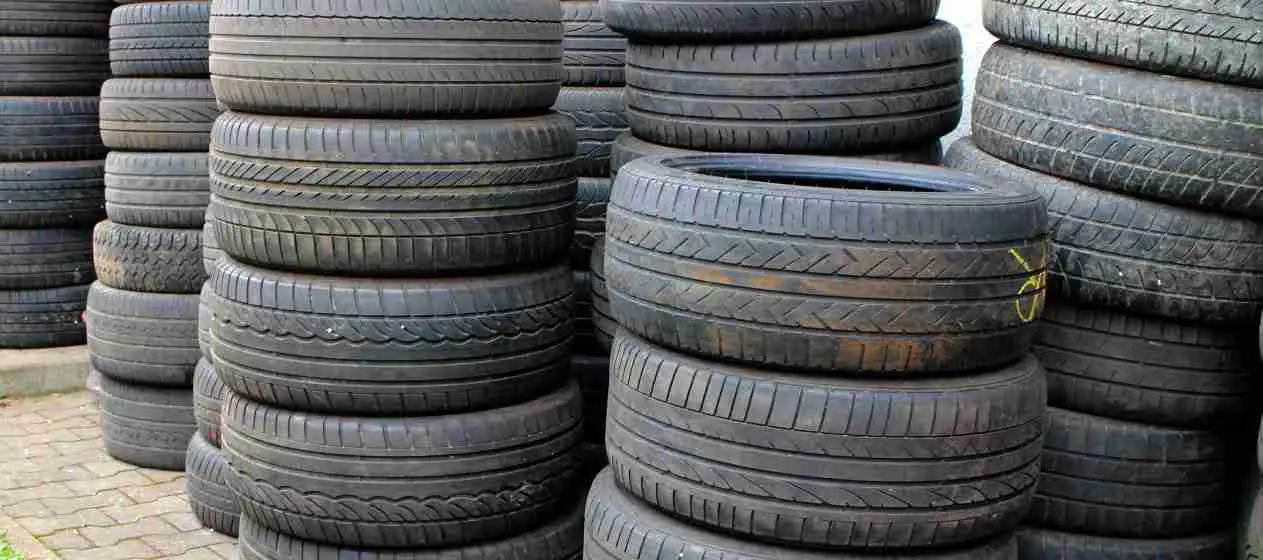
When your tires are showing deeper cracks, or if you notice bulges in the sidewalls, it’s best to replace your tires as soon as possible. These signs indicate that the rubber compounds are breaking down faster, and the tire is at risk of failing.
The risks of driving on tires with dry rot outweigh the benefits, as the tires may fail suddenly and could be dangerous to both you and other drivers on the road.
Dry rot can lead to tire blowouts, loss of control, and accidents.
A blowout is extremely dangerous as it can cause you to lose control of your vehicle and can even lead to a rollover.
If you must drive on tires with dry rot, make sure you maintain a safe speed and stay extra alert. The only location you should drive with cracked tires is the nearest tire shop or service station.
It’s always better to be safe than sorry, so if you’re unsure about the condition of your tires, it’s best to take your car to a professional for an inspection.
There are several things you can do to extend the lifetime of your tires and prevent dry rot.
Always inflate your tires to the manufacturer’s recommended PSI. This maintenance step helps reduce the flexing of the sidewalls, leading to cracking. When the PSI is over or under-inflated, it puts extra stress on the tires.
Rotate your tires regularly.
This care helps disperse wear and tear, so your tires last longer. The recommended interval is every 5,000 to 8,000 miles.
Avoid driving on rough roads when possible. Driving on roads with potholes and other obstacles puts extra stress on your tires, which can cause cracking and dry rot.
If you drive on gravel roads often, make sure to inspect your tires regularly. Gravel can cause tiny punctures in the sidewalls that may not be visible at first. Over time, these punctures can become more extensive and cause dry rot.
Clean your tires regularly to remove any built-up grime, road salt, or other pollutants.
These substances can break down the tire’s rubber compound, causing dry rot.
Store your tires properly when they’re not in use. For example, cover your tires with a tire cover if you’re storing them in your garage. Don’t leave your tires out in extreme temperatures, and ensure they are protected from the elements.
Invest in tire protectants.
This maintenance step helps create a barrier against the elements and can extend the life of your tires.
Tire protectants are available in both spray and gel form. You can apply these protectants to your tires every few months or after you wash/clean them.
Do Some Tires Rot Faster Than Others?Yes, some tires are more susceptible to dry rot than others.
Natural rubber is softer and breaks down faster than synthetic rubber. Tires made with a higher percentage of natural rubber are more likely to dry rot. However, the most significant factors determining how quickly your tires will dry rot are care, storage, and age.
However, the most significant factors determining how quickly your tires will dry rot are care, storage, and age.
If you don’t properly maintain your tires and store them in unfavorable conditions, they are more likely to dry rot.
Similarly, if your tires are older and have been driven on for a long time, they may be more susceptible to dry rot than newer tires.
Some tires also have a terrible reputation for being prone to dry rot. For example, tires that are not UV-resistant can break down more quickly in sunlight, leading to faster dry rot. Luckily, there are products you can use to improve the UV resistance of your tires.
Overall, the best thing you can do to make your tires last longer is to take care of them. By following these tips and taking your tires in for regular inspections, you can help prevent dry rot and keep your tires in good condition for as long as possible.
 goodyear.com/en-US/learn/tire-care-maintenance/dry-rot-tires
goodyear.com/en-US/learn/tire-care-maintenance/dry-rot-tiresWas this article helpful?
Great!
Click to share...
Did you find wrong information or was something missing?
We would love to hear your thoughts! (PS: We read ALL feedback)
Name (not required)
Email (not required)
Message
Posted by Benjamin Jerew Know How
In 2018, over a quarter million passenger tires were shipped in the United States, according to the U. S. Tire Manufacturers Association. Given that Americans drive over three trillion miles every year, according to the Department of Transportation, those millions of tires are needed to replace worn, damaged, aged or dry-rotted tires. When considering tire replacement for your vehicle, whether they’re winter tires that have been in storage or tires you got from a friend, it’s important to know how to tell if tires are dry rotted.
S. Tire Manufacturers Association. Given that Americans drive over three trillion miles every year, according to the Department of Transportation, those millions of tires are needed to replace worn, damaged, aged or dry-rotted tires. When considering tire replacement for your vehicle, whether they’re winter tires that have been in storage or tires you got from a friend, it’s important to know how to tell if tires are dry rotted.
Tires age as soon as they’re manufactured, ideally lasting up to 10 years, but shipping, handling and exposure accelerate aging and dry rot, shortening their life. If a tire dry rots, tire components, such as the tread, sidewalls, belts or bead wire, may separate. Tread separation or sidewall blowout at highway speeds could result in a crash.
Here’s how to determine if your tires are safe to drive on.
How to Tell If Tires Are Dry RottedA close look at your tires will help you determine whether they’re safe for service or ready for recycling.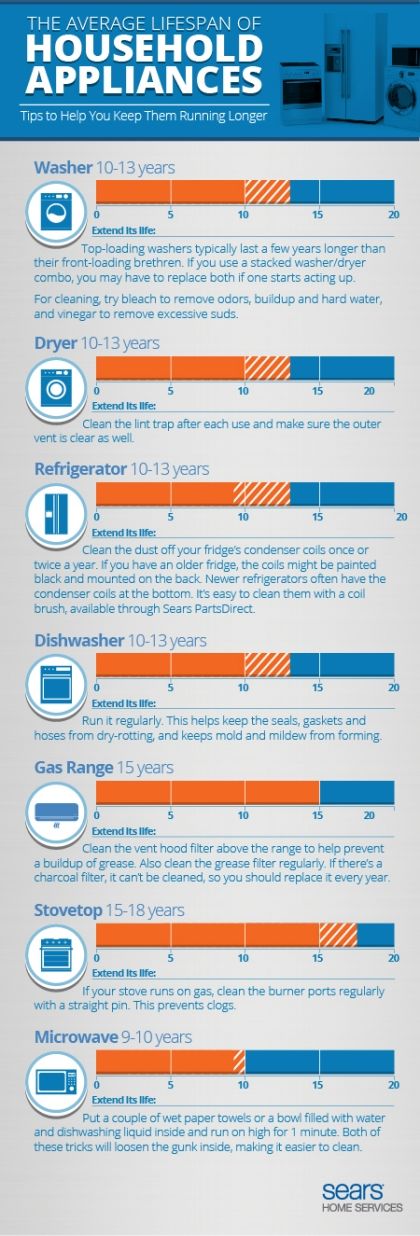 Cracks on the surface of the rubber, whether on the tread, shoulder or sidewall areas, are a good sign your tires are ready for recycling. These surface cracks are an indication that your tires have deeper cracks you can’t see, such as where the tread or sidewalls bond to the belts.
Cracks on the surface of the rubber, whether on the tread, shoulder or sidewall areas, are a good sign your tires are ready for recycling. These surface cracks are an indication that your tires have deeper cracks you can’t see, such as where the tread or sidewalls bond to the belts.
Another factor is the DOT code, an alphanumeric string that’s usually eight or twelve digits long, molded into the tire sidewall. A valid DOT (Department of Transportation) code means the tire meets DOT safety standards. The DOT code or tire identification number (TIN) looks something like this: DOT PCTS PWPY or DOT PCTS OMFR PWPY. Here’s what each section of the code means:
For example, if the DOT code reads DOT U2LL 5117, the tire was made by Sumitomo Rubber Industries, Japan (U2), size 245/50R16 (LL), in the 51st week (51) of the year 2017 (17).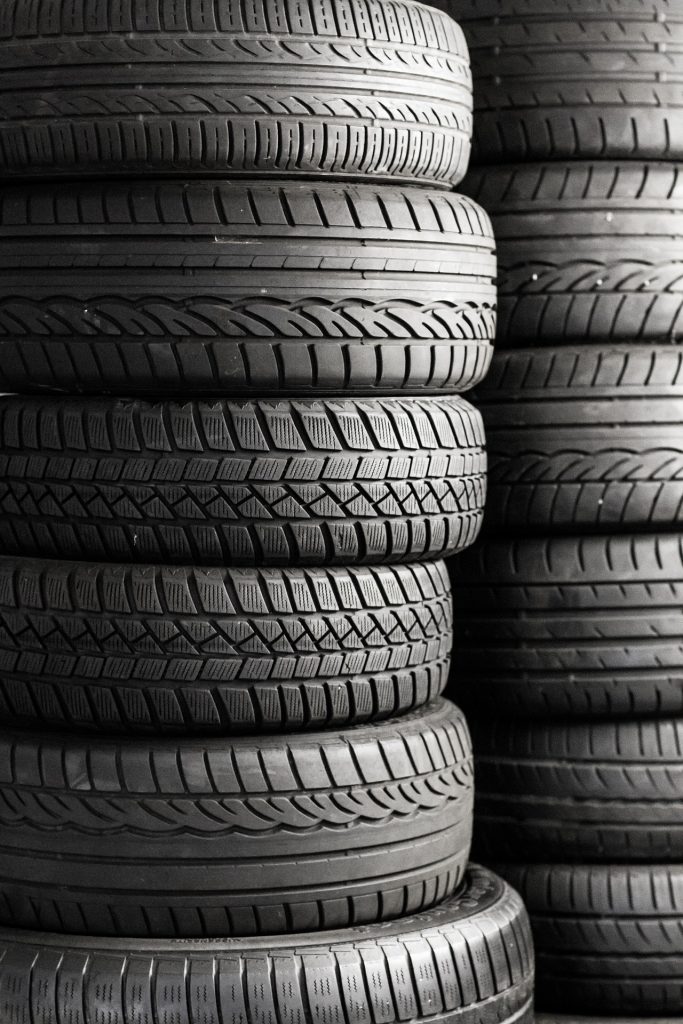 Most manufacturers don’t recommend using tires that are over six years old, so these tires should be discarded after 2023, even if you can’t see any cracks.
Most manufacturers don’t recommend using tires that are over six years old, so these tires should be discarded after 2023, even if you can’t see any cracks.
Tread wear is another reason to replace your tires. You might have heard that you can use a coin to gauge tread depth, but nothing beats a compact and easy-to-use tire tread depth gauge. Measure all the main grooves across the tread, but not on the tread wear indicators, which are 2/32″ shallower. If any measurement is below 4/32″, wet braking and snow traction are significantly impaired. At 2/32″ tread depth, wet braking distance can be nearly double that of a new tire.
Inspect tires at least monthly for pressure, age, tread wear and dry rot. Consult your local, trusted mechanic at your next oil change or during seasonal maintenance for a professional recommendation.
Check out all the tire and wheel products available on NAPA Online or trust one of our 17,000 NAPA AutoCare locations for routine maintenance and repairs. For more information on your vehicle’s tires, chat with a knowledgeable expert at your local NAPA AUTO PARTS store.
For more information on your vehicle’s tires, chat with a knowledgeable expert at your local NAPA AUTO PARTS store.
Photo courtesy of Flickr.
Categories
Know How
Tags
tire blowout, tire care, tire maintenance, tire tread depth, tire wear, tires, when to replace tires
Ben has been taking things apart since he was 5, and putting them back together again since he was 8. After dabbling in DIY repairs at home and on the farm, he found his calling in the CGCC Automobile Repair program. After he held his ASE CMAT for 10 years, Ben decided he needed a change. Now, he writes on automotive topics across the web and around the world, including new automotive technology, transportation legislation, emissions, fuel economy and auto repair.
Consumer disputes over the age of tires have not subsided for several seasons. Buyers are excited that the warranty period for tires is limited to 5-6 years according to GOST, and after the expiration of this period, the rubber becomes unusable.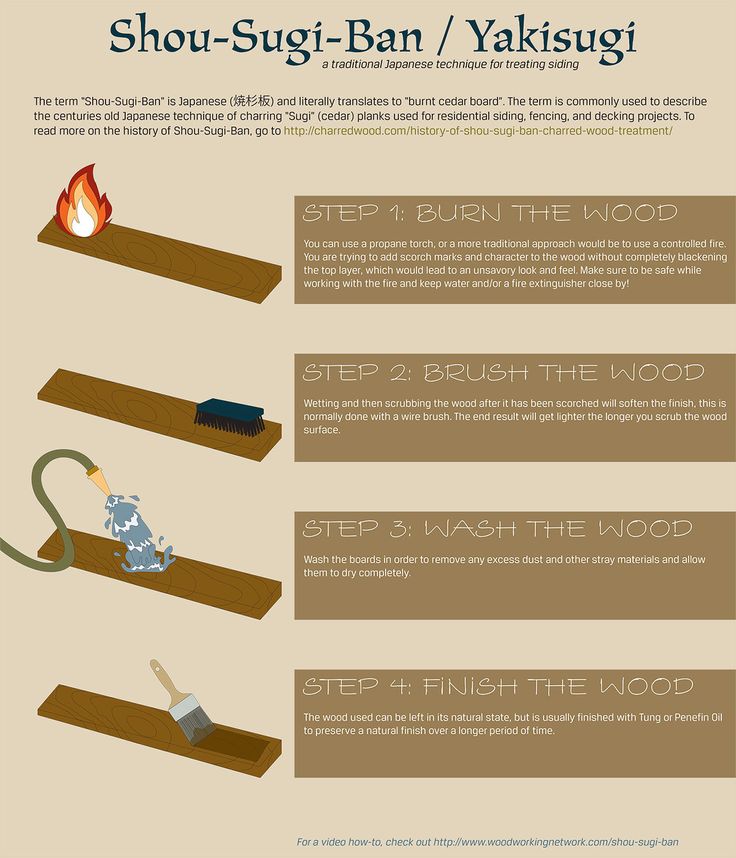
Is this really the case, read this article.
Manufacturers of most brands on their products set Shelf life is 5 years and service life is also 5 years .
The shelf life of a tire is the period during which it retains its performance when properly stored.
The end of this period does not mean that the tires have become unusable . A shelf life of 5 years is given by manufacturers because, by law, they cannot set a shelf life higher than the service life. Tires over 5 years of storage cannot be called damaged or defective, their technical characteristics may be slightly reduced. American researchers argue that the period of storage of "shoes" must be at least 10 years. Experts from Germany are sure that it cannot exceed 6 years.
The tire life is called the warranty period during which the manufacturer is responsible for the quality and condition of the tire if it was used for its intended purpose without violating the operating rules.
According to Russian legislation (GOST 5513, GOST 4754-97) , the service life of tires is 5 years from the date of manufacture.
How can I find out the date of manufacture of tires?
You can find out the age of tires by a special DOT code. Tires manufactured after 2000 in the DOT code contain two pairs of numbers, where the first pair indicates the week number of the year, and the second pair indicates the year. Earlier tires before 2000 have 3 numbers in their composition, where the first two digits are the week number, and the last one is the year (see the transcript in the photo).
Determination of the average shelf life of a tire according to GOST and operating conditions.
- The symbol ZR denotes tires for high-speed cars. They are recommended to be used at speeds over 240 km/h. up to 6 years
- Tires with the H symbol are used at a maximum speed of 210 km/h. within 5 years.
- The sign S symbolizes the maximum permissible speed of 180 km/h. and operational period of 4-5 years.
Most tire manufacturers do not agree that tire life is limited to 5 years. Each company has its own opinion on this matter. We analyzed several of them and the information they posted on their official websites.
Michelin
The French tire manufacturer Michelin has become famous for its active fight against the perception of the rapid aging of tires as a perishable product. Her information campaign "Tires Are Not Bananas" created a lot of noise in the automotive environment. According to the representative office, several test trials were carried out in Saudi Arabia, South Korea and Germany. As a result of testing, no difference was found between new tires and tires stored for 3 years. They were tested for various characteristics such as rolling resistance, high speed durability, etc. Tires with a year life were approximately equal in performance to 10-year unused tyres.
Tires with a year life were approximately equal in performance to 10-year unused tyres.
Michelin focuses the attention of car owners on the fact that tires are not a perishable product, their shelf life is not as important as the service life is important, starting from the date the tires are installed on the rims. It is from this moment that the tire is subjected to all tests: pressure, temperature changes, wear, contact with uneven and sharp coatings, etc.
Continental
On the Russian official website of Continental, we found the following information on the expiration dates of tires.
“When a tire is stored in the correct position and under the recommended conditions, it will not lose its original balanced performance for 5 years from the date of manufacture of the tire.
A properly maintained, unused tire less than 5 years old can be sold as a new tire and used normally.
Continental recommends replacing all tires (including spares) with a sidewall date greater than 10 years.
Nokian
The following information is posted on the Nokian official website:
“Tire life is not defined by law, but tires can only be considered “new” if they have been manufactured within the last five years. The recommended service life of tires is six years and the recommended maximum period is 10 years.
The opinion of our specialists, based on many years of experience, coincides with the opinion of manufacturers: the shelf life is 5 years + the service life is up to 10 years. Moreover, more "adult" tires, in our opinion, are of better quality.
To keep tires as long as possible, they are stored in compliance with all rules and recommendations. The main condition is a cool, ventilated, darkened room away from oils, paints, ozone, and heat sources.
Rubber products tend to lose their performance over the years. To prevent and slow down this process, manufacturers add polymers to the rubber compound. They prevent oxidative processes that occur due to the interaction of protectors with oxygen and ozone.
The following are the main conditions for the proper storage of tires in accordance with GOST 24779-81:
Maintaining a constant regime without sudden jumps, slight temperature fluctuations from -30°С to +35°С are allowed;
Provide a low humidity level of 50-80% in a dry, ventilated cool room;
Avoid direct sunlight, use darkened hangars, shield heat sources;
Keep away from sources of heat;
Tires should not come into contact with corrosive, copper materials.
Avoid kinking, loading or positioning on an uneven surface.
Avoid contact with oils, organic solvents, acids, alkalis, fuels and lubricants on the tire surface.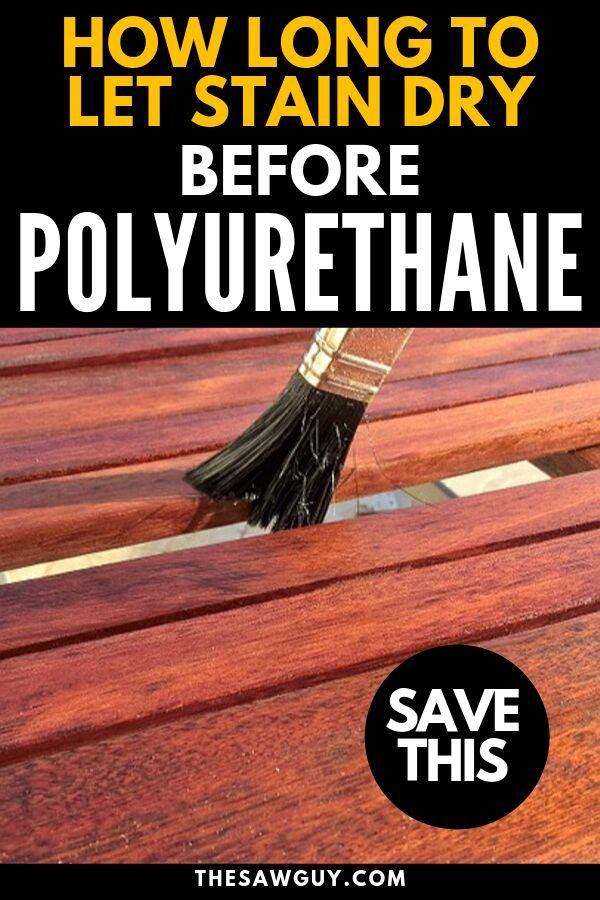 It is forbidden to lay tires on a wet and dirty surface.
It is forbidden to lay tires on a wet and dirty surface.
In the warm season, when tires are stored outdoors, they should be covered with opaque material and raised above ground level to ensure ventilation and prevent the greenhouse effect.
Storage on reflective, light and heat absorbing surfaces is prohibited.
Keep away from chemicals, oils, paints, open flames, electric motors that produce ozone.
Used tires must be washed and dried.
Tires without rims should be stored upright.
The service life depends on many factors: the load on the car, the quality of the roads, the driving style, the distance traveled, tire damage, etc. To increase their service life, follow these rules:
Check tire pressure every 2-3 weeks. With reduced pressure, tire wear increases by the equivalent of a % reduction.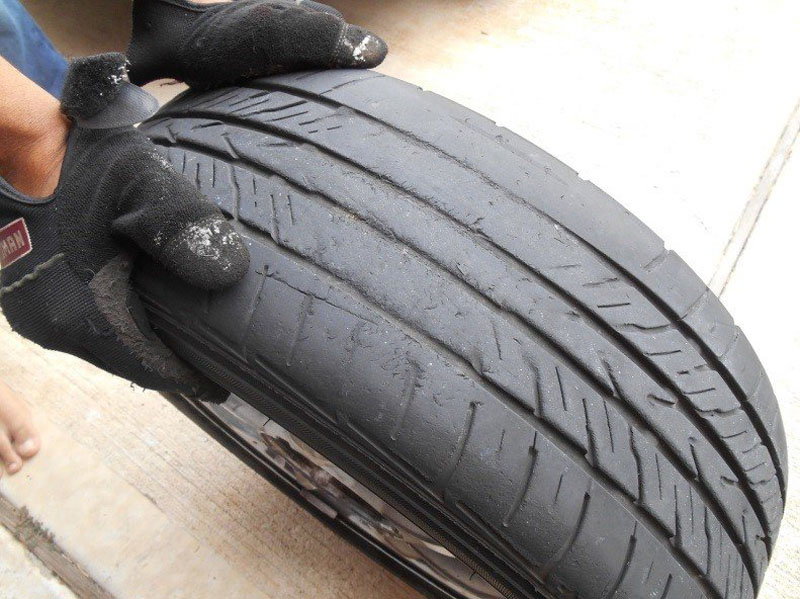 For example, a 15% reduction in pressure can result in a 15% reduction in service life. Inflated tires are less scary.
For example, a 15% reduction in pressure can result in a 15% reduction in service life. Inflated tires are less scary.
The wear of the front tires is always significantly higher than the rear ones, so it is recommended to swap them after some time, carefully watching the direction of the tread pattern and the direction of rotation.
Proper alignment of tires in relation to rims. If the direction is not the same, then performance is significantly reduced.
To prevent damage to the sidewalls of tires, avoid close proximity to curbs and high ledges.
Wash off dirt from the surface of the rubber and from deep grooves with special cleaning agents.
Adhere to an even driving style without harsh brakes and quick starts.
Do not overload the car beyond the norm. 20% excess weight leads to a 30% loss of tire life.
Keep the wheels balanced and check the alignment angles annually.
The main condition for a long tire life is:
- high quality products,
- careful operation,
- proper storage of tires in the off-season,
- timely diagnosis.
The age of tires in standard storage is a minor non-determining factor that should not be taken into account when buying them.
Previous article Next article
A car tire is a rubber elastic shell that is mounted on a disc rim. It is she who is in direct contact with the surface of the roadway and is directly designed to reduce small fluctuations on the roads, as well as to compensate for flaws in the trajectory of the wheels. During operation, it is subjected to heavy loads of a diverse nature, therefore it naturally has its own service life, which is influenced by a number of factors.
Shelf life - the period during which the company guarantees the possibility of using the product for its intended purpose and is fully responsible for defects that arose through its fault.
When buying tires, you need to look so that no more than three years have passed from the moment of production. The date of manufacture and any other information is very easy to find out, it is indicated on the tire label among the general information about dimensions, design, speed and load ratings.
Tire production date
Russian legislation establishes the service life of car tires under warranty in accordance with GOST 4754-97 and GOST 5513 - 5 years from the date of manufacture, but for tires, first of all, the main indicator is the quality of the product, and not the time of its use.
According to GOST, the average tire life should be calculated in the following order:
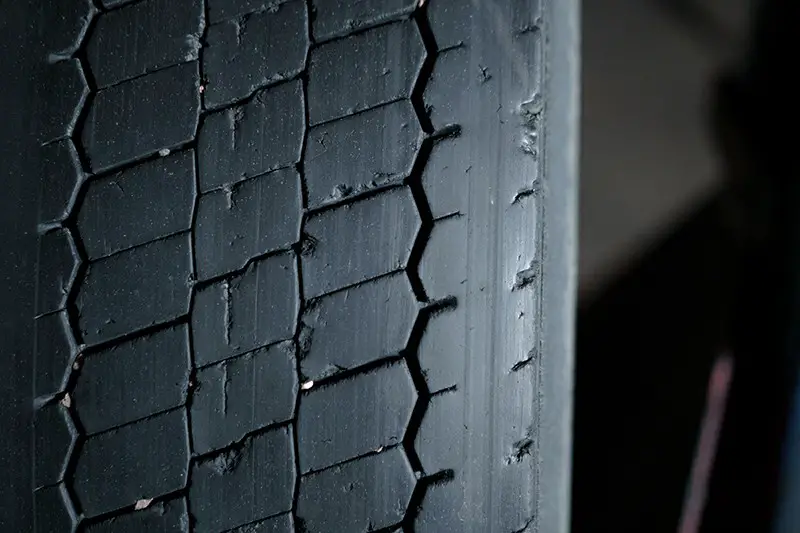
Experts recommend replacing tires before they reach their expiration date. Some motorists believe that rubber is suitable if it is rarely used, and at the same time its age is already 5-6 years old, but this is an erroneous opinion! Indeed, due to the fact that defects appear in tires during operation and storage, they are associated with its oxidation and cracking - at a critical moment, it can let you down.
Shelf life is a certain period during which the product, subject to the established rules of storage and operation, must retain all its properties. If the shelf life has expired, this does not mean at all that the product is unsuitable for use, but its technical characteristics may decrease.
Tires can age through physical and chemical processes, this hypothesis applies to tires that are not used or little used. To prevent the aging process itself, special substances are added to the rubber compound that help counteract harmful chemical compounds with oxygen and ozone. Doing so will ensure that, when stored properly, the tire will meet the definition of a new tyre.
Doing so will ensure that, when stored properly, the tire will meet the definition of a new tyre.
It should be noted that the warranty shelf life is not the service life of . The storage period for five years is set, not because the tire will deteriorate after that, but because, according to the law, the manufacturer does not have the right to establish a shorter warranty period, which is protection for the end user.
In recent years, many American experts believe that the shelf life and operation of car tires should be limited to 10 years. In turn, German experts believe that the expiration date of tires should be limited to 6 years, this also applies to new tires.
Rules and regulations for the storage of pneumatic tires according to GOST 24779-81:

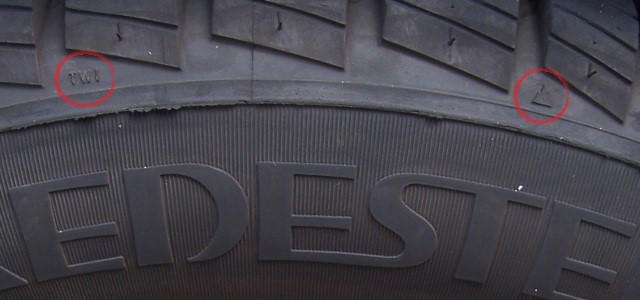
For a complete list of rules and recommendations for proper tire storage, see the article “How to store car tires”.
Well-known brands of imported tires, such as: Bridgestone, Michelin, Goodyear and Dunlop last up to 10 years or more from the date of manufacture, this period is generally accepted throughout the world. But the total shelf life and storage in the warehouse, from the date of issue, tires Continental is no more than 5 years.
Although, as we have already figured out, the storage conditions of tires mean a lot, not only new ones, but also those that were removed from the car until the next season.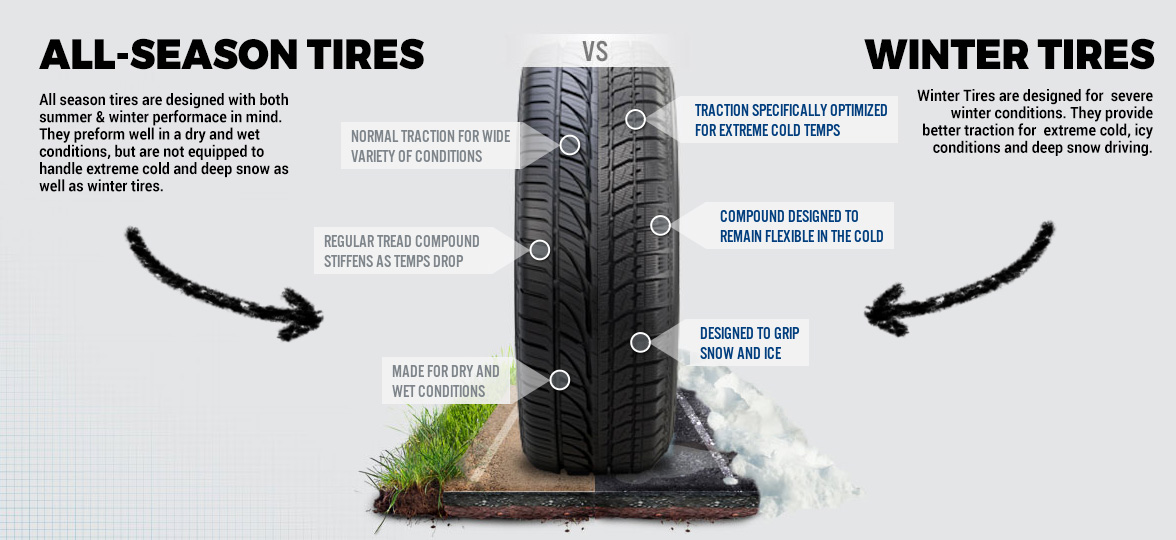 For example, nokian tire expiration date ranges from 3-5 years, subject to verification at least 1 time per year, after 5 years of use.
For example, nokian tire expiration date ranges from 3-5 years, subject to verification at least 1 time per year, after 5 years of use.
Unfortunately, the legislation does not establish the permissible storage periods for tires in a warehouse, but experts believe that a tire that has lain there for about 5 years is still equal to a new one.
The tire life of a vehicle is the period of time during which the manufacturer gives a guarantee for tires and is fully responsible for any defects that will be detected during their operation. According to manufacturers, tires should last at least ten years, although in practice they have to be replaced approximately every 5-6 years, in some cases even less.
There are many different factors that affect the wear of car tires, the main ones are listed below:
 Please note that depending on this parameter, there are certain norms for the mileage of car tires on the roadway:
Please note that depending on this parameter, there are certain norms for the mileage of car tires on the roadway: 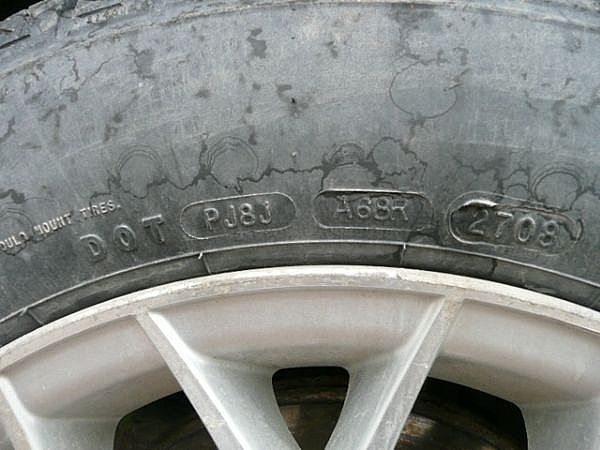 It is known that the service life of Chinese rubber is about two seasons, and branded rubber can last about seven years. When choosing tires, you need to pay attention to the manufacturer, because fakes are often sold under well-known brands.
It is known that the service life of Chinese rubber is about two seasons, and branded rubber can last about seven years. When choosing tires, you need to pay attention to the manufacturer, because fakes are often sold under well-known brands. Next, let's take a closer look at the instructions for certain actions that need to be taken in case of wear on car tires.
When diagnosing tires, in addition to the fact that it is imperative to pay attention to the degree of wear, there are also other equally important factors indicating the end of the service life.
In order to determine when the life of car tires ends with a detailed inspection, you need to pay attention to the following points:
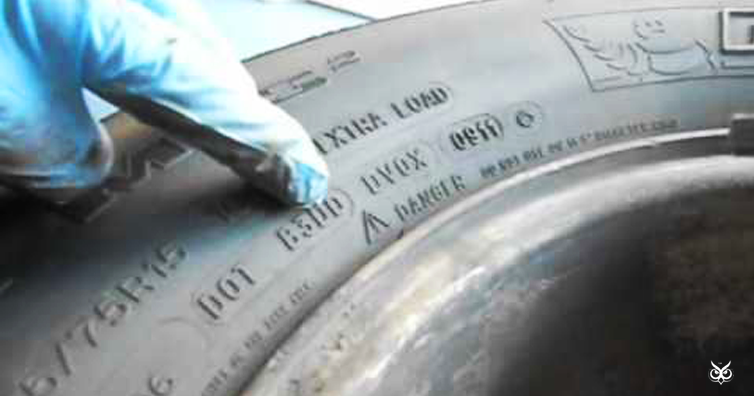 The degree of wear can be determined by eye or with the help of tools. On the outside, the tire surface has numbers with different depths, so you can easily determine the degree of wear. In order to measure the tread height, you can use a ruler with a special depth gauge. For summer tires, this parameter should be equal to more than 1.6 mm, in turn, for winter tires - more than 4 mm. If these parameters are less, then it is necessary to replace the tires. When the wear is uneven, then measurements should be taken in the area where the wear is most visible. Otherwise, if the tread edge is worn on only one side, then the camber-toe angle has been violated.
The degree of wear can be determined by eye or with the help of tools. On the outside, the tire surface has numbers with different depths, so you can easily determine the degree of wear. In order to measure the tread height, you can use a ruler with a special depth gauge. For summer tires, this parameter should be equal to more than 1.6 mm, in turn, for winter tires - more than 4 mm. If these parameters are less, then it is necessary to replace the tires. When the wear is uneven, then measurements should be taken in the area where the wear is most visible. Otherwise, if the tread edge is worn on only one side, then the camber-toe angle has been violated.  Also, such “hernias” can appear on the inside of the wheel, so you need to be extremely careful and inspect in time.
Also, such “hernias” can appear on the inside of the wheel, so you need to be extremely careful and inspect in time. When any defects were noticed in the tires, it is recommended to carry out a replacement, and not a rescue restoration, in order to somehow extend the period of use.
To prolong the life of car tires, it is necessary to periodically diagnose them.
In order to make your tires last longer, you need to follow certain rules of use:
 If the pressure is increased, then the wear also increases, but 2 times less than in the reduced one.
If the pressure is increased, then the wear also increases, but 2 times less than in the reduced one. Since there is always more wear on the front (driving) wheels, then every 10-15 times. thousand or at the time of changing seasonal tires, it is advisable to change it in places.
Swapping front tires to rear tires
Scheme of swapping 5 car wheels
Please note that although there are tires with directional and non-directional patterns, you still cannot change the direction of rotation of the wheel. And in the second option, the front wheels must be reboarded before being installed back.
It is necessary to check if the tires are installed correctly in relation to the rims, which is usually indicated on the sidewalls of the tires, this is important, since if the tires rotate in the opposite direction to the design, all their performance will be significantly reduced in all modes of operation of the car.
Non-directional tire replacement scheme
All-wheel drive tire replacement scheme

